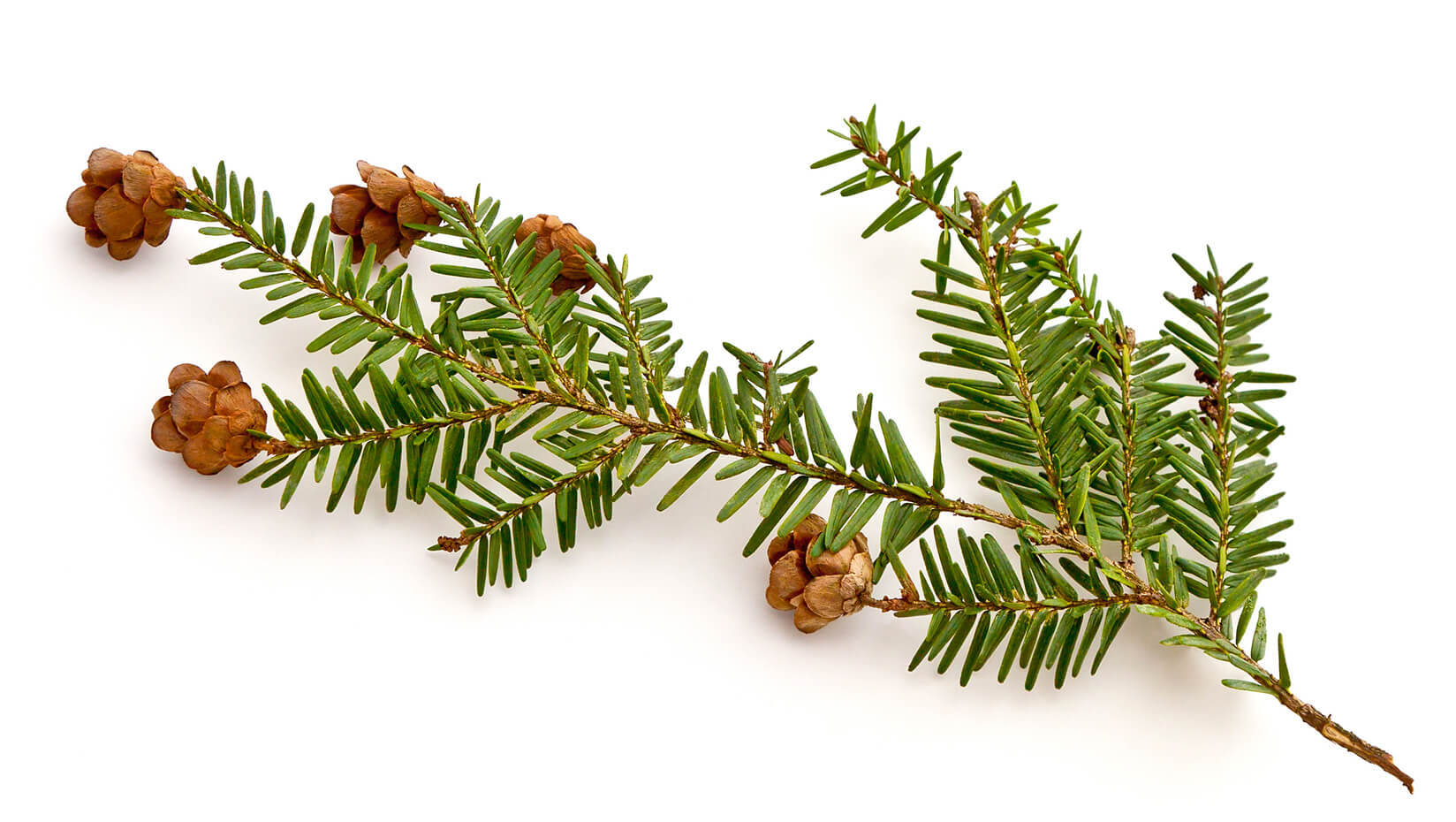
UMaine-led team predicts increasing decline of hemlock as winters warm
Land managers in New England and eastern New York state have a new tool to help identify eastern hemlock stands at greatest risk for rapid growth decline by evaluating stresses on the trees, including response to the hemlock woolly adelgid and changes resulting from a warming climate.
Today, an estimated 26 percent of the region’s hemlock stands are at high risk. As winters get warmer, the decline will increase, with 43 percent of stands expected to be at high risk, according to a research team led by University of Maine Associate Professor of Forest Resources William Livingston.
The researchers’ comprehensive landscape model maps the varied response to the invasive Asian insect across the Northeast, and identified the site characteristics of stands with the highest potential for tolerance and recovery in order to prioritize management efforts.
Eastern hemlock is a towering foundational species in eastern North American forests valued from southern Canada to Alabama and as far west as Minnesota. But since the mid-20th century, eastern hemlock that can live more than 500 years have been increasingly threatened by the hemlock woolly adelgid that can kill a tree within four years by feeding on its needles and branches, preventing new growth.
Using changes in tree rings — basal area increment (BAI) measurement — in mature hemlock, the researchers quantified annual growth decline in 41 hemlock stands across New England representing a range of infestation density and duration, and species vigor. The model also was applied to 15 hemlock sites in Massachusetts.
Among the findings of the research team using the growth decline metric: Eastern hemlock sited on steeper slopes with increased exposure to solar radiation and warmer January minimum temperatures have a greater probability of experiencing rapid decline.
The results of the study, which involved researchers from UMaine, the University of Vermont and LandVest Inc., in Portland, Maine, were published in the journal Biological Invasions.
Contact: Margaret Nagle, 207.581.3745
